|
Advertisement
|
Qi Guo Xiang Qi
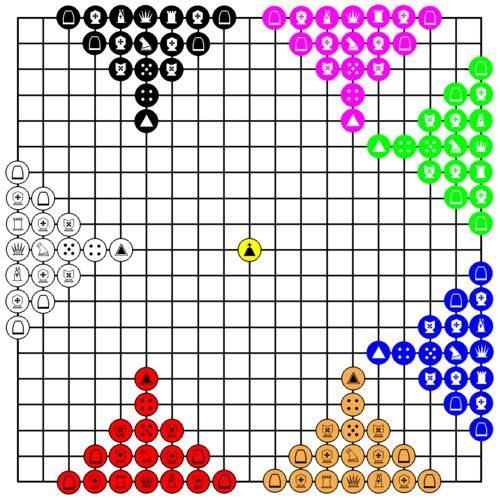
DescriptionThis "variant" of Xiangqi is played on a 19 X 19 grid (Go board). Seven armies represent the seven warring states of the late Zhou Dynasty (1045 - 221 BC): Each army is played by one player. For less than 7 players, there are several predetermined "allies", so one or more players direct two armies. Every army has 17 pieces, which makes a total of 120, regarding the central single piece, representing the kingdom of Zhou. This piece does not move at all and cannot be captured. Each of the armies consist of the following pieces: There are several rules regulating possible allies and winning conditions over single states. Residual pieces of beaten armies are removed from the board. Simplified, it can be said, that to gain a victory over another state, a player has to capture the general or more than 10 pieces of this state. The player with the most captured pieces at the end of the game wins. There are similarities both to Go (the central piece as the centre of the universe/representing the Zhou Dynasty, or the removing of "dead" armies) and Xiangqi (the pieces, the armies ...); this and the 7 players make this game unique in the history of strategic boardgames. Game DiscussionsAdd CommentYou need to be logged in to comment. Insert Bullet List Please enter at least one item. Item: Item: Item: Item: Item: Insert Numeric List Please enter at least one item. Item: Item: Item: Item: Item: Insert Link Please enter the link of the website Optionally you can add display text Insert Email Please enter the email address Optionally add any display text Insert Image Please enter the link of the image Insert YouTube Video Please enter the link of the video MarketplaceNo listings at the moment. Do you own this game? Click here to list it for sale.
|
Best Sellers
Board Games
|
||||
Latest Searches: FurReal Friends | Classic+sorry+cards | Android+Netrunner+Future+Proof | splish | Take+it+easy | elpaso-opoly | Ultimate+Scheme | booster+box | monopoly washington DC edirion | Incoherent+W | clang | athens - opoly | descent second edition | trivia movies music tv shows famous people | IPO | L.a.m.a | Domopoly | Drunkopoly | Hero’s quest | Think+fun+rover+control | Folsomopoly | fremont opoly | snake+and+ladder+board+game | Ruston+oploy | Bobsey twins game | The walking dead | STAR WARS THE BLACK SERIES KYLO REN VOICE CHANGER HELMET | dint | crop+mix | back+3
All Rights Reserved

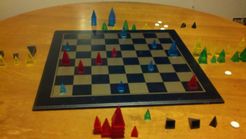
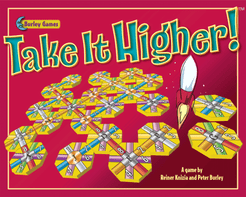


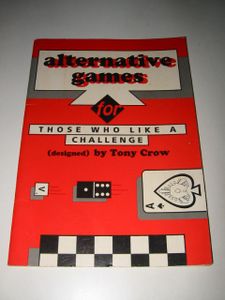
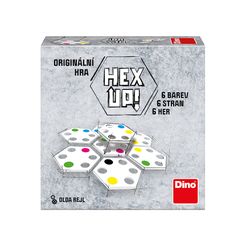
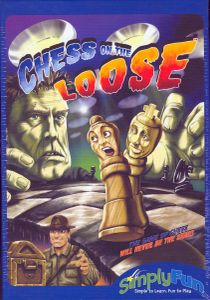

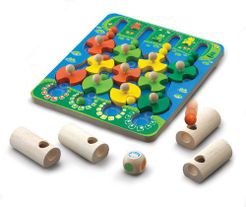

Comments (0)